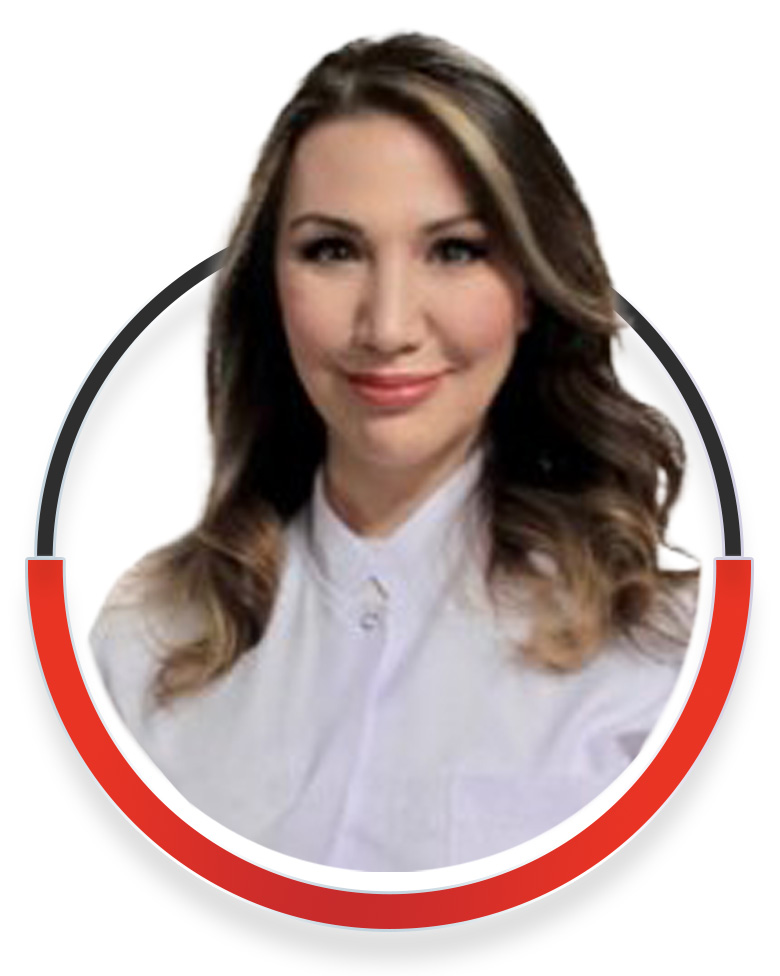What is Thoracic Surgery?
This department specializes in the diagnosis and treatment of diseases affecting all organs and tissues in the chest cavity, with surgical treatment if necessary.
Many congenital or functional diseases and traumas of organs such as the chest, lungs, trachea, and esophagus, particularly the lung, are treated. Academic Hospital's Thoracic Surgery Department works in coordination with other medical units in the diagnosis and treatment processes of diseases within its field.
Areas of treatment in Thoracic Surgery Department
1. Lung Cancer:
It is among the most common types of cancer. Lung cancer occurs when the cells, whose main task is to take the oxygen needed by the body and remove carbon dioxide, multiply undesirably and uncontrollably, causing this organ to fail to function. Lung cancer shows symptoms such as excessive weight loss, loss of appetite, bloody sputum, difficulty breathing, wheezing, and persistent chest pain. It is a disease that can be treated if diagnosed early, like many other diseases. Surgical treatment is the primary option for suitable patients. In appropriate cases, chemotherapy and radiotherapy are also used.
2. Breast Wall Cancers:
The chest wall provides the shape of the rib cage and its resistance and protection against adverse external effects. The involuntary and uncontrolled proliferation of cells in this structure, which consists of the ribs, vertebrae, sternum (the bone in the anterior middle part of the chest, also called the sternum), and the muscle, cartilage, and other tissues surrounding the rib cage, causes chest wall cancers.
3. Tracheal Tumors:
Tumors in the trachea Approximately 2% of tumors that occur in the upper respiratory tract. The correct diagnosis of tracheal tumors, which manifest themselves with symptoms such as swallowing problems while eating, wheezing, bloody sputum, hoarseness, and coughing, is very important. Tracheal tumor treatment falls under the branch of thoracic surgery.
4. Lung Accumulation:
Pleurisy, called pleurisy, is a disease caused by excessive accumulation of water in the "pleura," namely the chest cavity, which is seen in infections, heart diseases, conditions such as cirrhosis-like chronic liver failure, and various cancers.
5. Pulmonary Inflammations:
The pleura is a tissue consisting of two different membranes that line the lung and the inside of the chest wall. The main complaints caused by inflamed tissue due to various infections or rarely other reasons are; chest pain, fever, shortness of breath, or palpitations. The treatment method for pleural inflammation varies according to the factors causing the disease; surgical intervention is also performed in suitable patients.
6. Perforation of the Pulmonary Membrane—Pneumothorax:
Pneumothorax, a serious life-threatening condition, is generally known as the disease of young, tall men. It usually happens on its own (spontaneous pneumothorax), but it can also happen as a result of a blow to the lungs or organs close to the lungs. It is common in traffic accidents, falls, stab wounds, and gunshot wounds. This situation causes air to accumulate in the chest cavity around the lungs, and the patient has difficulty breathing.
7. Thoracic Traumas:
Thorax (chest) traumas are cases where any of the organs, tissues, or muscles in the thorax are damaged by an external blow.
8. Emphysema:
It occurs as a result of the deterioration of the structure of the alveoli, the smallest units responsible for respiration in the lungs. In appropriate cases, a metal stent can be placed in the bronchus or surgical methods can be used.
9. Mediastinal Tumors:
The thoracic cavity is bounded anteriorly by the sternum, posteriorly by the vertebrae, and on the sides by the lungs. The space in which the heart, great vessels, lymph nodes, and nerve structures are located is known as the "mediastinal." Different types of benign or malignant tumors can be encountered in the mediastinal region where there are a lot of tissues. Surgical methods are generally used in the treatment process.
10. Diseases of the Esophagus:
Various treatment methods, mainly surgical methods, are used in diseases of the esophagus, starting from the neck and continuing until the stomach entrance. diseases such as traumatic or other causes of tears in the esophagus, benign or malignant tumors, strictures, burns, and structural disorders. Surgical intervention is an important part of these diseases.
11. Hyperhidrosis (excessive sweating):
Some people complain of excessive sweating even in the absence of external factors (extreme heat, sports, fear, etc.). Excessive sweating can also be a symptom of many diseases. One of them is lung disease. After the cause of sweating is diagnosed, appropriate cases are treated with closed (endoscopic) surgical methods.







